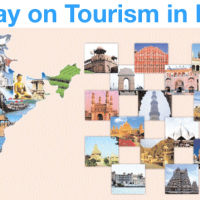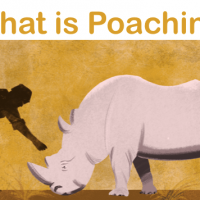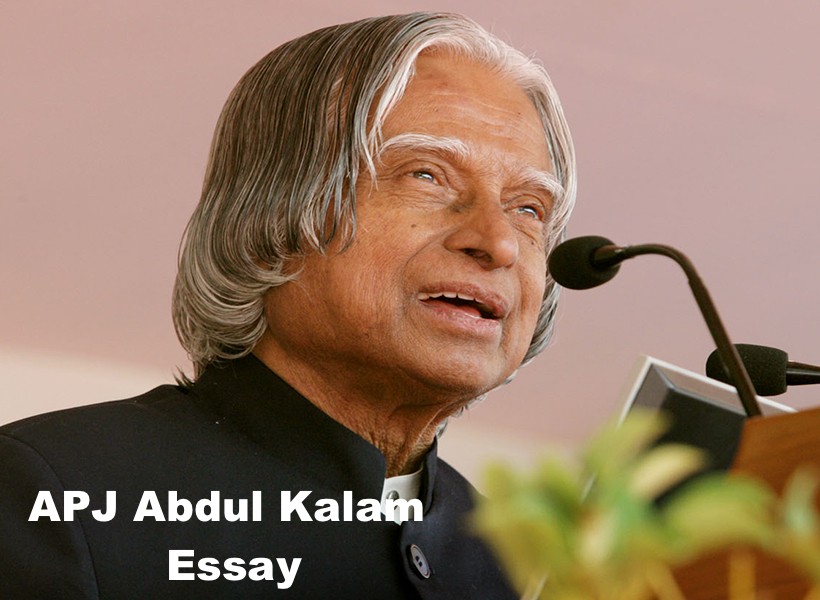Hello Friend This is special category for our small reader who study in school. If they looking for english essay for their school homework or any kind of english essay article then this special category might help you all guyz. in this article we will share Right to Education Essay in English for all class children and student . Initially we have published 600 word article for Right to Education.
Essay on Right to Education in English
Nelson Mandela once said, “Education is the most powerful weapon which you can use to change the world.” Education enables individuals to reach their full potential as human beings, both individually and as members of the society. Education is also the driver of a country’s economic development, RIGHT but it does not always get the priority it deserves. To India has the largest population of EDUCATION youth in the world.
However, not all of them are educated. According to Census 2011, India’s literacy rate is 74.04 per cent. Literacy rate among Indian women is 65.46 per cent, while for men it is 82.14 per cent. The main factor that contributed to this was that people in the country do not realise the importance of education and do not think it benefits them in any way.
Fortunately, the situation is changing fast. More and more parents, irrespective of their social and economic backgrounds, are keen to educate their children. Since independence, India has also taken many steps to impart and improve education in the homeland. But none has been as concrete as the Right to Education (RTE) Act.
The Act was introduced in the Rajya Sabha in December 2008. It was passed in the Lok Sabha on 4th August 2009 and the President gave his assent to it on 26th August 2009. The Act came into force on 1st April 2010 as a fundamental right and with it, India became one of the 135 countries to make education a fundamental right of every child.
The salient features of the RTE Act are:
- The state governments and local bodies must ensure that every child gets education in a school in the neighbourhood.
- The Act mandates that even private educational institutions have to reserve 25% seats for children from the weaker sections.
- The school management committee or the local authority will identify the drop-outs or out of school children above six years of age and admit them in classes appropriate to their age after giving special training..
- Every child must get education.
- The appropriate governments must ensure that every child gets free elementary education.
- No school can deny admission to a student and all schools need to have trained teachers.
- In case of schools not having trained teachers, they will have to comply with the provision within three years.
- Schools need to have certain minimum facilities like adequate teachers, playground and infrastructure. The government will evolve some mechanism to help marginalised schools comply with the provisions of the Act.
The Act has been criticised for being hastily-drafted, not consulting many groups active in education, not considering the quality of education, infringing on the rights of private and religious minority schools to administer their system, and for excluding children under six years of age.
Nevertheless, if the Right to Education Act, as envisioned by the government is successfully implemented, will ensure 100% literacy which in turn will ensure the overall economic development or India.
While the ultimate responsibility of providing education rests with the Government, as enshrined in the Constitution, it is evident that the Government’s efforts alone will not be sufficient to provide good quality education to all.
Passing a bill is one easy thing to do, but the key to ensure successful implementation of the Act is to make parents, particularly in rural areas, aware of the benefits of education and to encourage them to send their children to school. Like many attempted social changes in India, this too has to start at the community level. It requires a widespread change of an age-old mindset and must make people, at the helm of affairs, accountable.
Essay on Right to Education in English
The Right of Children to Free and Compulsory Education Act came into force in the country on April 1, 2010. With this, India joined a select group of a few nations where education is a fundamental right..Making elementary education an entitlement for the children in the 6-14 years age group, the Act will directly benefit close to one crore children who do not go to school at present.
Nearly 92 lakh children, who had either dropped out of schools or never been to any educational institution, will now get elementary education as it will be binding on the part of the local authorities and the State Government stolen sure that all children in the6-14 years age group government
As per the Act, private educational institutions should reserve 05 per cent seats for children from the weaker sections of society. TheCentre and the states have agreed to share the financial burden in the ratio of 55:45, while the Finance Commission has given 25,000 crore to theStates for implementing the Act.
The Centre has approved an outlay of 15,000 crore for the year for this purpose. The school management committee or the local authority will identify the drop-outs or out-of-school children aged above six and admit them in classes appropriate to their age after giving some special training.
As per the Act, the schools need to have minimum facilities such as adequate teachers, playground and infrastructure. The State Governments or the local authorities will determine the neighbourhood schools by undertaking school mapping.
The coming into effect of the Right of Children to Free and Compulsory Education (RTE)Act, 2009 marks a historic moment for the children of India. This Act serves as a building block to ensure that every child has right to guaranteed quality elementary education. The state with the help of families and communities, has a legal obligation to fulfil this duty.
Few countries in the world have such a national provision to ensure both free and child- centered, child- friendly education to help all children develop their fullest potential. There are an estimated nine million children and young people between the ages of six and 14 out of school. Without India, the world cannot reach the Millennium Development Goal of having every child complete primary school.
H The gains in India’s education system over the past few decades have been tremendous. According to India’s Education For AllMid- Decade Assessment, in just five years between 2000 and 2005, the country increased primary school enrolment by 13.7 percent over all and by 19.8per cent for girls, reaching close to universal enrolment in Grade I.
The RTE Act provides a ripe platform to reach the unreached, with specific provisions for disadvantaged groups, such as child labourers, migrant children, children with special needs.or those who have a “disadvantage owing to social, cultural economical, geographical, linguistic, gender or such other factor”. In view of reducing disparities, private schools must admit at least 25 per cent of children belonging to these groups.
With RTE, India can emerge as a global leader in achieving the Millennium Development Goal of ensuring that all children complete their primary schooling. It is a challenge, but the resources and political will fuelling progress on RTE, not an impossible task. The world is watching India as it positions itself to take its rightful leadership role in education on the global stage. Millions of children will benefit from this initiative ensuring quality education with equity.
RTE will propel this great nation to even higher heights of prosperity and productivity, by guaranteeing all children their right to a quality education and a brighter future.
Also Read:
- Essay on My Best Friend
- Reliance Jio Customer Care
- Essay on My School in English
- Essay on Family in English
- First Day at School Essay
- Corruption Essay in English
- Women Empowerment Essay
- Republic Day Essay in English
- Mahatma Gandhi Essay in English
- Essay on Global Warming in English
- APJ Abdul Kalam Essay in English
- Diwali Essay in English for Class





